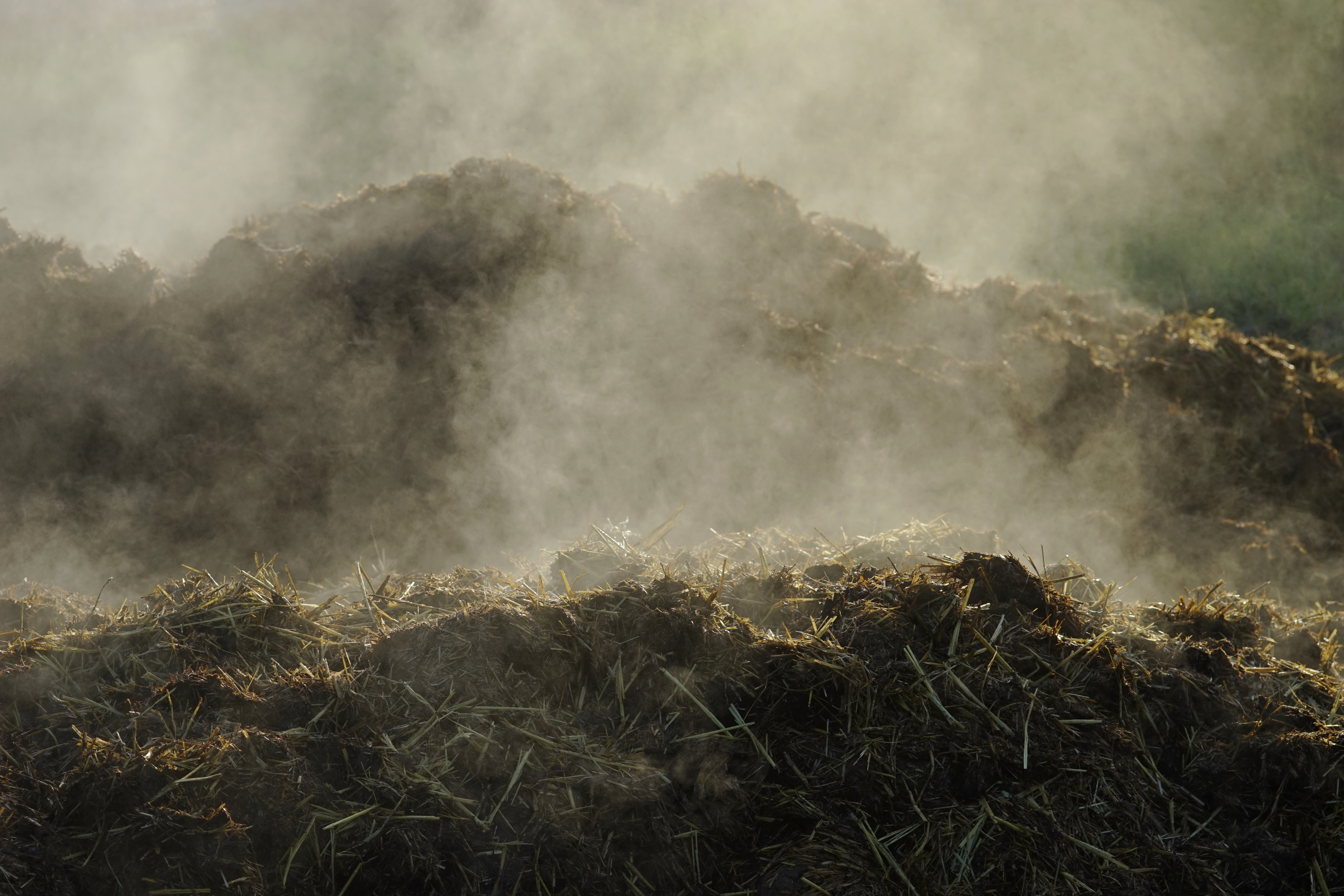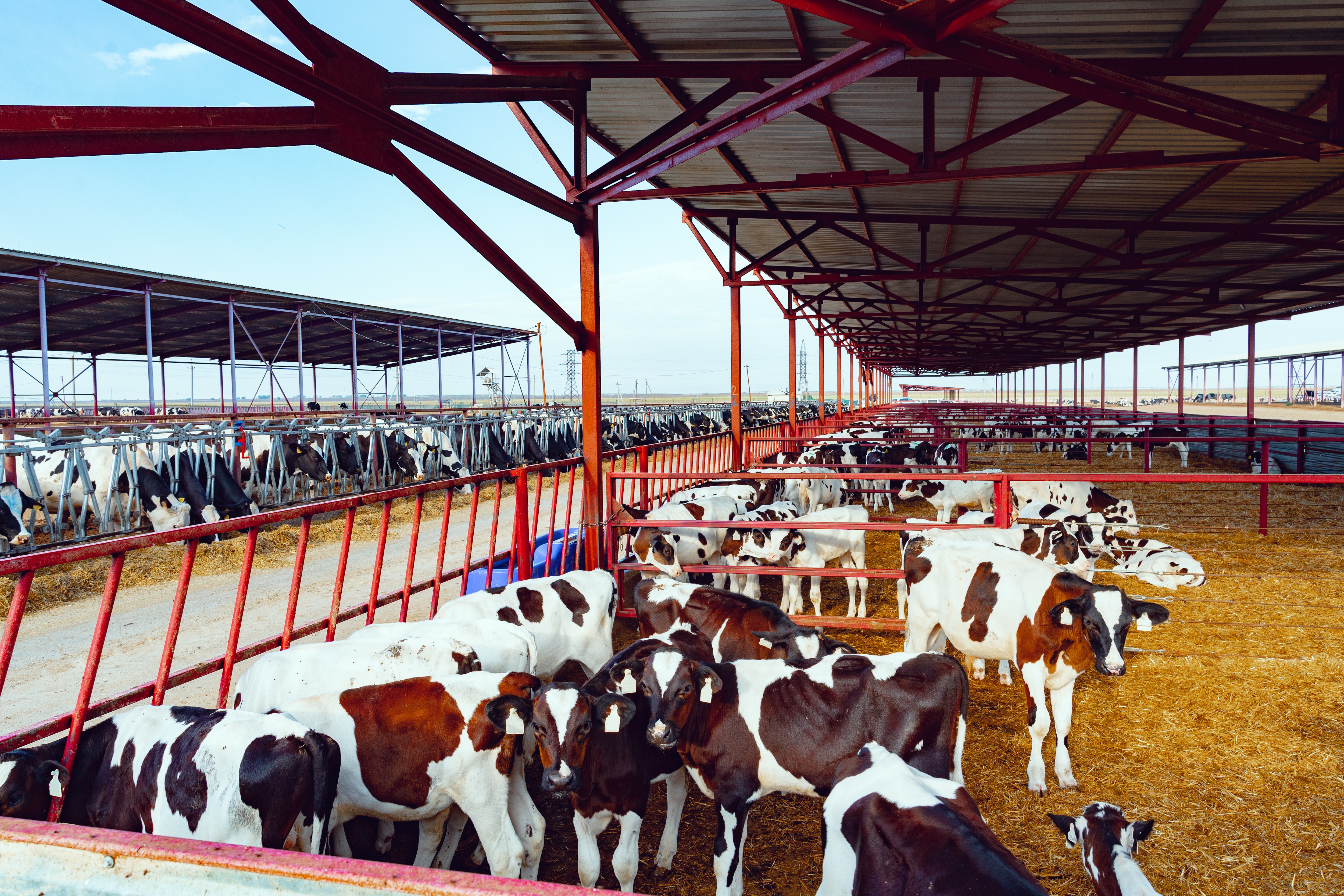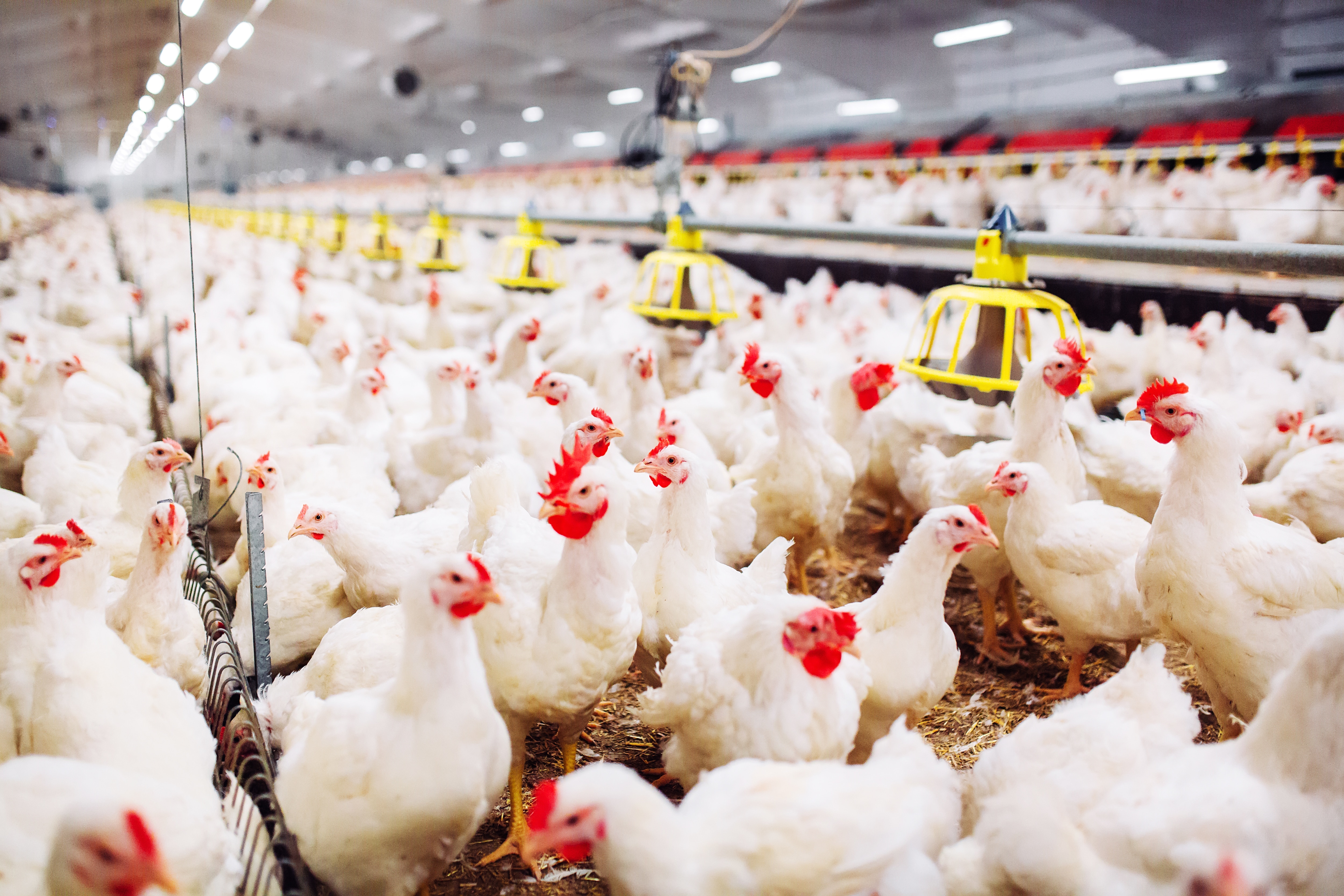

This is then collected in a gas bubble and expelled through the mouth. Thus, up to 95% of the methane comes from cow eructation or burps. Depending on the feed, a cow can produce up to 300 liters of methane a day. However, with an adjustment of the feed and feed additives, this amount can be reduced. It is important to be able to directly measure the methane emissions of each individual cow. After all, just as with humans, the metabolism of each living creature is individual. Thus, feedlots can be directly equipped with reliable measurement technology for methane. The LGD Compact offers the advantages of high-precision measurement in real time, virtually live, during the feeding process, and thus allows conclusions to be drawn about digestion.

In the air, ammonia rapidly disperses into the environment, where it causes increased nitrogen inputs to plants. This unintended overfertilization leads to lasting damage to crops and the entire ecosystem, as it promotes infestation with parasites.
In addition, ammonia, together with other air pollutants, forms fine dust particles and thus contributes significantly to the deterioration of air quality. In addition to constructive modifications in the stables, there are also possibilities for further processing of the manure in order to reduce the proportion of nitrogen, and thus of ammonia. In any case, reliable measurement technology is essential for these processes. In order to reduce ammonia emissions as much as possible, it must be measured down to the lowest ppm range. The LGD Compact has been especially designed for measurements of the smallest ammonia concentrations and can thus make a valuable contribution to reducing emissions.

These are either of natural origin, i.e. dung and liquid manure, or artificially produced. Both variants contain a large proportion of the nitrogen compounds needed, which are introduced into the soil. In the process, about 30-50% of the fertilizer introduced is not properly used by the plants. In addition to their own environmentally harmful potential, ammonia and other nitrogen compounds also cause the formation of nitrous oxide. This has a greenhouse potential of up to 300 times higher than CO₂. The formation of nitrous oxide is very complex and is influenced by many environmental conditions. Therefore, preventing or reducing nitrous oxide emissions is not always easy. Because the ammonia from the excretions of animals is mainly responsible for the formation of nitrous oxide, the reduction of ammonia is all the more important.